What Is the Seam Method?
The seam method is an innovative technique that one can employ to effectively alter patterns and achieve the desired look with ease and simplicity. Moreover, this method offers a lot of different options that other techniques normally don’t tend to. Whether its shirts pattern modifications, tops pattern alterations, or hoodies pattern alterations, the seam method works in all cases.
Basically, if you alter any design or pattern right where the stitching line is, you can correct it without having to shift the grainline. Moreover, you can minimize the changes that need to be made to the lengths of nearby seams.
So, an alteration technique came into existence in light of these discoveries and it has been termed as the “seam method”.
Benefits of Employing the Seam Method
1. No Extra Work
In addition to numerous other benefits, the seam method allows for alterations to be restricted solely to areas of their requirement. It steers clear of the areas that don’t require any change whatsoever.2. No Special Equipment Required
The only things you’ll be needing to get this technique underway is a clear work surface and the tools that you would otherwise require for any other minor alteration session. This includes the following:• Scissors
• Clear tape
• Markers or pencils
• Tissue or a plain paper for filling in the cut pattern
• A straight and a curved ruler: It would be ideal to have transparent ones, so the pattern can be visible to you.
3. Fairly Simple and Straightforward
The seam method is very easy to follow; even a rookie can do it. You just need to be aware of the basic concept of stitching. By solely altering the seamline, you will cause the least possible distortion to your pattern and hence no “fancy fix” is required.Basics of the Seam Method
First thing’s first, for preparing the paper pattern, you need to iron it to get rid of all the wrinkles. If you want a more durable working surface, then reinforce the pattern by applying lightweight interfacing to the wrong side. Then, you need to carefully cut out the pattern along the cutting lines, ensuring that you leave the seam allowances in place.While going for shirts pattern modifications, tops pattern alterations, or even hoodies pattern alterations, there are a few guidelines that one must keep in mind at all times:
• After having corrected the length first, the width will probably be corrected all by itself. So, it is recommended that you always start from the top down.
• You should first alter for equal amounts of variation in length.
• Then you should alter to unequal amounts of variation in length.
• Afterward, do the same for even amounts of change in width.
• Lastly, you should alter for uneven amounts of change in width.
You should first consider each alteration separately and then think of it in relation to adjoining pattern pieces and other alterations that you can probably make simultaneously.
It is best to maintain notes so that you can make the same alterations on comparable patterns.
After you’re done, you just need to check up on a few things:
• The position of the grainline should be the same as it was before the alteration process so that the fabric is able to hang freely.
• The amounts of change should be correct.
• The new pattern must lie flat and the curved seamlines should curve smoothly.
• The style should not have been altered along with the process unless intended.
• Center-front and center-back seamlines should be straight and the seams that cross them should still meet at the same angle.
• Adjoining stitching should match.
What Is the Underlying Procedure?
The procedure is fairly simple; you need to first place the pattern, with its printed side facing up, on the top of the tissue paper. Then, find the stitching line that needs to be altered i.e. the one that is affected by the variation of your body figure, and then detect the pivot points on the stitching line. These points can be identified as follows:1. Where the figure variation begins.
2. Where the figure variation ends.
3. In between the points i.e. where the figure variation is the most significant. This is typically where the pattern shifts from symmetrical to asymmetrical.
4. At the base of the darts that are modified by the alteration.
Afterward, you need to draw a line across the seam allowance at every single one of these points.
Bottom Line
All in all, the seam method has been designed while taking into consideration the newfound discoveries regarding general apparel pattern alteration e.g. shirts pattern modifications, tops pattern alterations, and also hoodies pattern alterations. In all cases, the seam method provides a certain level of ease and efficiency.
Ready to start adjusting and modifying your patterns? Click the get started button below. we are apparel industry pattern maker professionals with 30 plus year experience in pattern making and pattern alterations.
Alejandro Esparza: Co-Founder @ smartpatternmaking.com /Professional Pattern Maker/ Technical Designer/ Startup Advisor and acknowledged in the garment industry as authority in pattern making and pattern design process. He has the ability to work with small entrepreneurial companies’ private label customers and large organizations. Alejandro is a graduate of Los Angeles Trade Technical College Fashion Design Program. He has over 25 years of apparel garment industry experience and is part of Expert Ezine Articles Authors community since December 25, 2008 and has published multiple articles about the garment industry. Copyright © by Alejandro Esparza. All Rights Reserved. No part of this article may be copy or used without written Permission from Alejandro Esparza the Author.

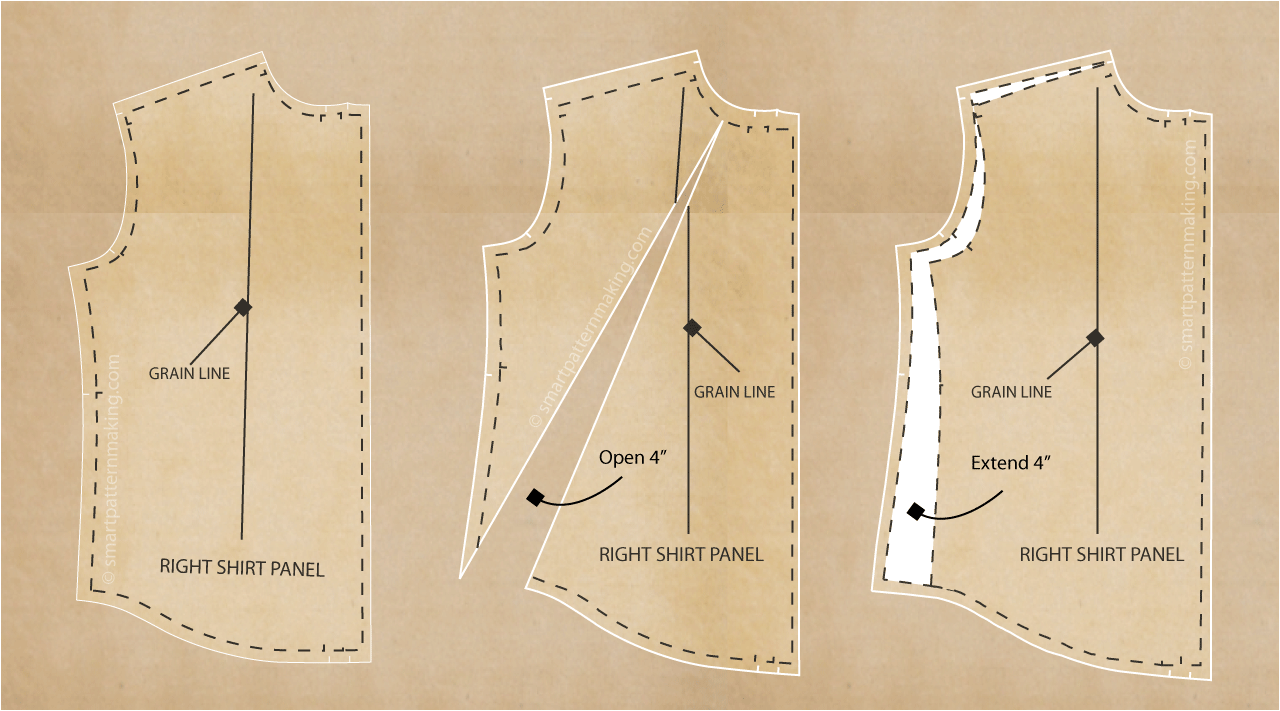

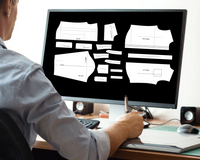
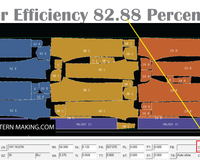
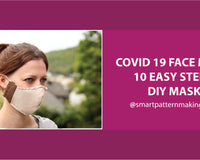
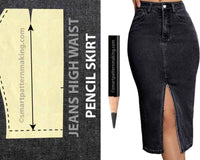
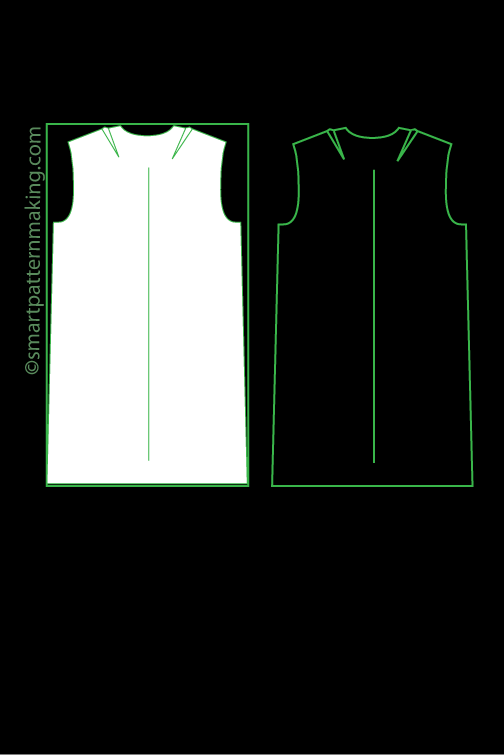
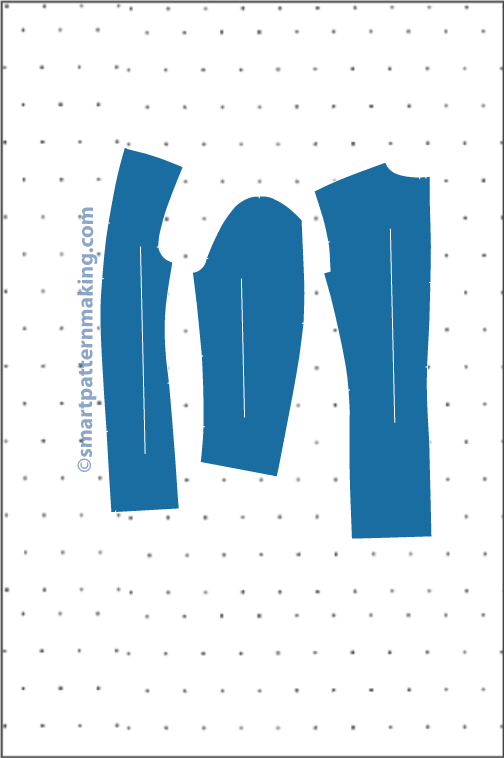
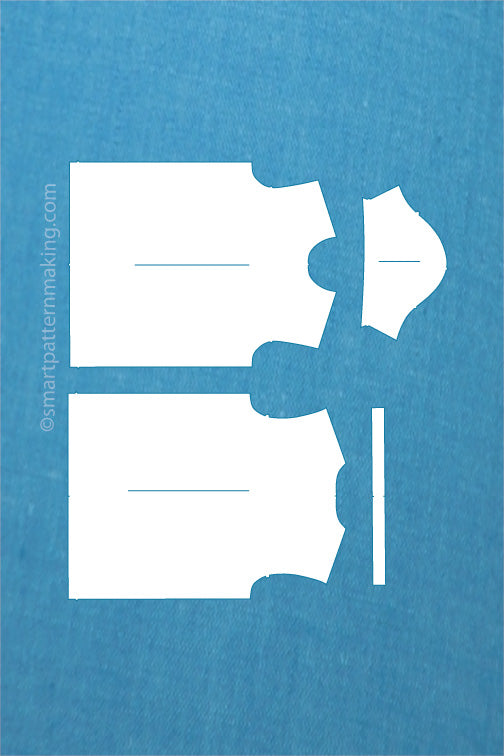
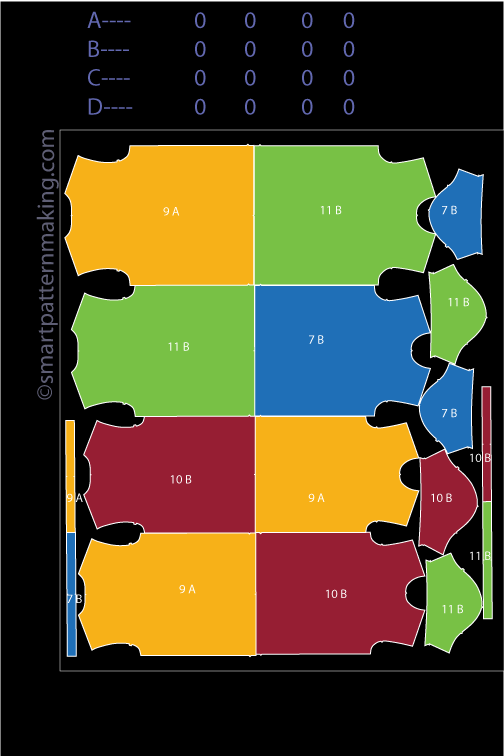
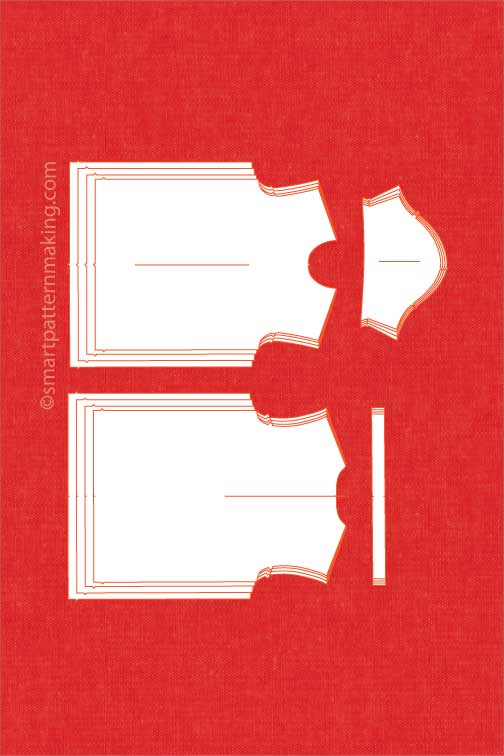

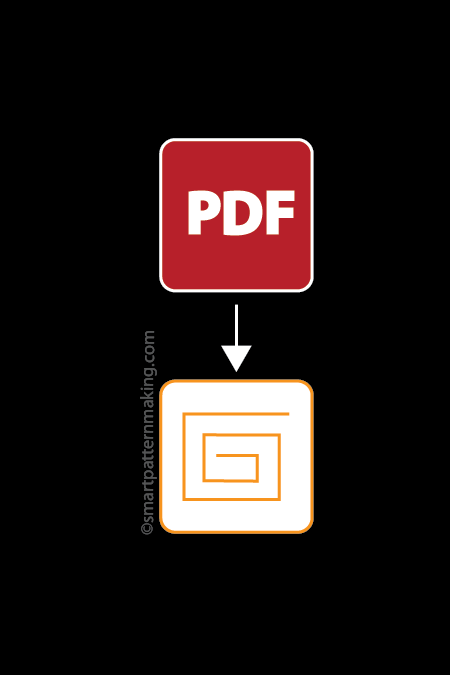
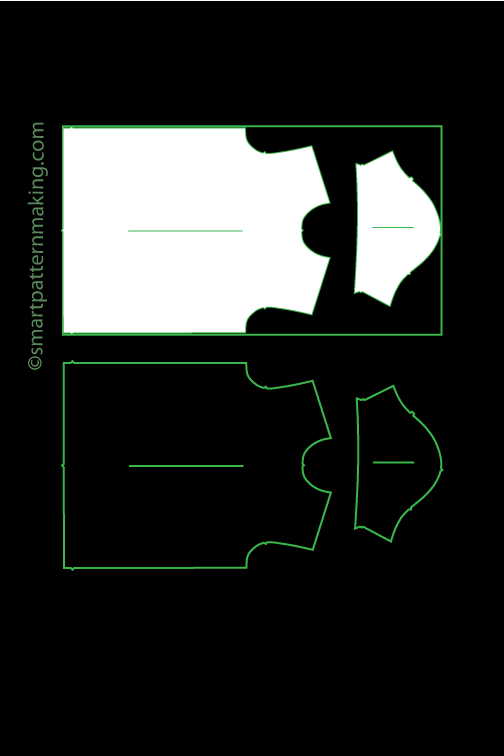
1 comment
Agbo
The explanation is quite clear.Thank you